Home>Garden Essentials>What Was The Impact Of Crop Rotation And The Seed Drill
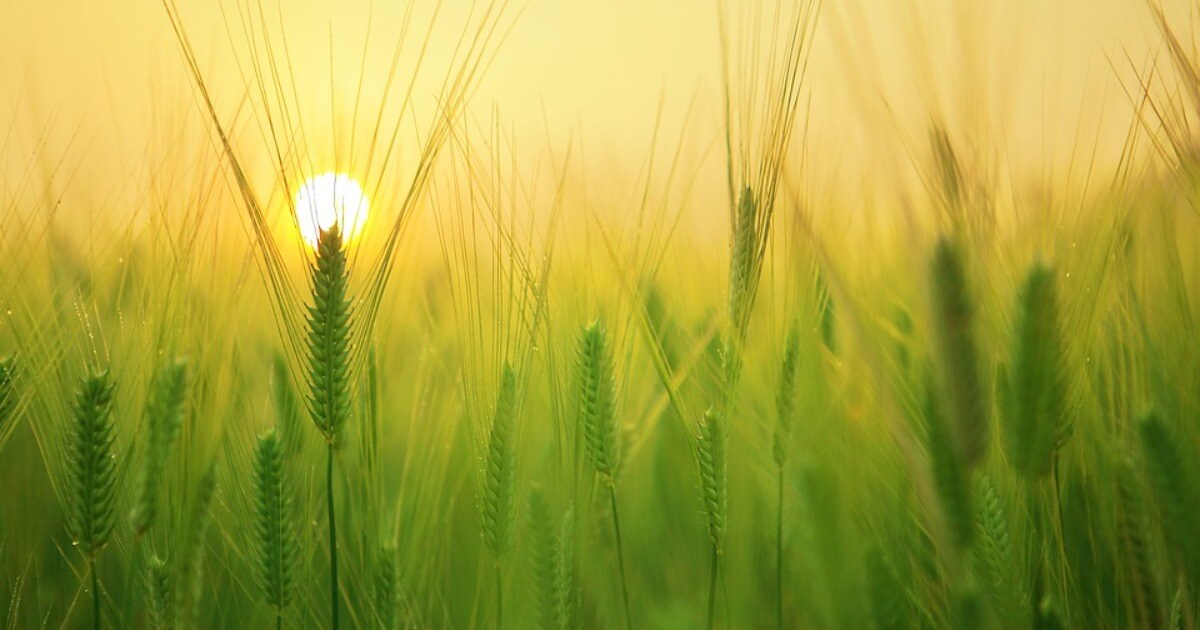

Garden Essentials
What Was The Impact Of Crop Rotation And The Seed Drill
Modified: March 16, 2024
Explore the impact of crop rotation and the seed drill on garden productivity. Enhance your gardening techniques with these revolutionary tools for optimal results.
(Many of the links in this article redirect to a specific reviewed product. Your purchase of these products through affiliate links helps to generate commission for Storables.com, at no extra cost. Learn more)
Introduction
Welcome to the world of gardening! Whether you’re a seasoned green thumb or new to the joys of growing your own plants, there are a few key concepts that can greatly impact the success of your garden. Two of these concepts, crop rotation and the seed drill, have had a significant influence on agriculture throughout history.
In this article, we will explore the impact of crop rotation and the seed drill on gardening practices. We will delve into their definitions, origins, benefits, and the combined effect they can have on the productivity and sustainability of your garden.
Understanding the role of crop rotation and the seed drill can not only help you optimize your garden’s output, but also contribute to the overall health of your plants and the environment.
So let’s get started and dive into the world of crop rotation and the seed drill!
Key Takeaways:
- Crop rotation helps keep the soil healthy and prevents pests, while the seed drill makes planting seeds easier and more efficient. Together, they make gardens more productive and sustainable.
- By using crop rotation and the seed drill, you can grow healthier plants, conserve soil nutrients, and prevent diseases and pests. It’s like giving your garden a superpower boost!
Crop Rotation
Crop rotation is a farming technique that involves systematically changing the types of crops grown in a particular field over a period of time. This practice is based on the principle of diversifying the crops to improve soil health, reduce pests and diseases, and optimize crop yields.
The history of crop rotation dates back to ancient civilizations such as the Romans and Greeks, who recognized the importance of alternating crops to replenish and maintain soil fertility. However, it was during the 18th century, with the development of modern agricultural practices, that crop rotation became more widespread and systematic.
The benefits and advantages of crop rotation are multifaceted. Firstly, it helps prevent the depletion of essential nutrients in the soil. Different crops have varying nutrient requirements, and by rotating crops, the demand for specific nutrients is balanced, reducing the risk of nutrient deficiencies.
Furthermore, crop rotation minimizes the buildup of pests and diseases that are specific to particular crops. This is because pests and diseases often rely on a single, continuous host for survival. By introducing different crop types, the life cycles of pests and diseases are disrupted, reducing their populations and preventing widespread outbreaks.
Crop rotation also has a significant impact on soil fertility. Some crops have the ability to fix nitrogen from the atmosphere and deposit it in the soil. By incorporating these nitrogen-fixing crops into the rotation, the soil’s nitrogen content is replenished naturally, reducing the need for synthetic fertilizers and promoting sustainable agriculture.
The influence of crop rotation on crop yields is another key aspect to consider. By diversifying the crops, the risk of yield loss due to pests, diseases, and adverse weather conditions is mitigated. Additionally, different crops have varying root structures, which can improve soil structure, water retention, and nutrient availability, ultimately leading to higher crop yields.
There are various crop rotation techniques that have been practiced throughout history. Some common examples include the three-field system, where fields are divided into three sections, each one dedicated to a specific crop; the four-course rotation, which alternates between a root crop, cereal crop, legume crop, and fallow land; and the strip cropping method, where different crops are grown in specific strips to ensure a diverse rotation.
Crop rotation is a fundamental practice in sustainable agriculture, promoting soil health, minimizing pests and diseases, and optimizing crop productivity. Implementing crop rotation techniques in your garden can greatly enhance its overall productivity, while also contributing to the long-term preservation of the environment.
The Seed Drill
The seed drill is a revolutionary farming tool that mechanizes the sowing process by precisely placing seeds in the soil at the desired depth and spacing. This invention transformed agricultural practices, making sowing more efficient and ensuring optimal seed distribution.
The seed drill was first invented and developed during the 17th and 18th centuries by notable agricultural innovators such as Jethro Tull and Joseph Foljambe. Prior to its invention, sowing seeds was typically done by hand, which was time-consuming and often resulted in uneven distribution and spacing.
The seed drill brought several advantages and improvements compared to traditional sowing methods. Firstly, it enabled farmers to sow seeds at a consistent depth, ensuring optimal germination and plant growth. This uniformity in seed placement leads to more even plant emergence and reduces the competition among plants for resources.
In addition, the seed drill facilitated precise seed distribution and spacing. The machine was designed with mechanisms that evenly dispensed seeds as the drill was pulled or pushed across the field. This eliminated the need for manual seeding, reducing labor costs and increasing efficiency.
Furthermore, the seed drill allowed for greater control over seed depth and spacing, which had a direct impact on crop productivity. By sowing seeds at the right depth, plants were provided with optimal access to nutrients and moisture in the soil, leading to improved root development and overall plant growth.
With precise seed spacing, plants had adequate room to grow and access sunlight, reducing competition for resources. This not only increased crop yields but also enhanced the quality of the harvest, as plants had enough space to develop without overcrowding.
There have been numerous successful implementations of the seed drill throughout history. For example, Jethro Tull’s horse-drawn seed drill became widely used in Europe during the 18th century. This invention revolutionized agriculture by increasing sowing efficiency and improving crop yields.
In recent times, modern advancements have further enhanced the seed drill’s capabilities. Today, there are seed drills equipped with advanced technologies like GPS and variable rate seeding, allowing for even more precise seed placement and customized sowing patterns based on soil conditions and crop requirements.
The seed drill has significantly transformed agriculture, making sowing more efficient, accurate, and productive. By adopting this technology in your own gardening practices, you can ensure optimal seed distribution, reduce waste, and maximize the potential of your crops.
Crop rotation and the seed drill had a significant impact on agriculture. Crop rotation helped improve soil fertility and reduce pests, while the seed drill allowed for more efficient planting, leading to increased crop yields.
Combined Impact of Crop Rotation and the Seed Drill
When crop rotation and the seed drill are implemented together, they have a synergistic effect that can significantly enhance the productivity and sustainability of your garden. Let’s explore the combined impact of these two practices.
One of the major benefits is improved crop yields and quality. Crop rotation ensures that the soil remains fertile by balancing nutrient requirements and preventing nutrient depletion. The seed drill facilitates precise seed placement and spacing, optimizing the distribution of resources and reducing competition among plants. As a result, you can expect higher yields and healthier, more robust plants.
Conserving soil nutrients is another critical advantage of combining crop rotation and the seed drill. Different crops have varying nutrient demands, and by rotating crops, you can avoid excessive nutrient extraction from the soil. Additionally, the seed drill enables efficient seed placement, ensuring seeds come into direct contact with the required nutrients. This conservation of soil nutrients reduces the need for synthetic fertilizers, promoting sustainable and environmentally friendly gardening practices.
The combination of crop rotation and the seed drill also plays a vital role in disease and pest prevention. By alternating crops, you disrupt the life cycles of pests and diseases that target specific plant species. Additionally, the seed drill allows for optimal seed depth and spacing, reducing the chances of overcrowding and promoting better airflow around plants. This improved airflow minimizes humidity, creating a less favorable environment for the growth and spread of diseases and pests.
Sustainability and long-term benefits are key considerations when implementing crop rotation and the seed drill. These practices contribute to soil health preservation, reducing erosion and promoting the retention of nutrients and moisture in the soil. By promoting healthy soil, you create a foundation for sustained growth and productivity in your garden, allowing for years of successful harvests.
Furthermore, the combination of crop rotation and the seed drill aligns well with sustainable gardening principles. By reducing the reliance on synthetic fertilizers and chemicals, you minimize the environmental impact of your gardening practices. This not only benefits your garden, but also contributes to the overall health of our planet.
By combining crop rotation and the seed drill, you can optimize your garden’s productivity, preserve soil health, prevent diseases and pests, and contribute to sustainable gardening practices. These two techniques go hand in hand, showcasing the power of thoughtful and innovative approaches to cultivate a thriving garden.
Conclusion
Crop rotation and the seed drill are two essential practices that have had a profound impact on gardening and agriculture throughout history. By understanding and implementing these techniques, you can enhance your garden’s productivity, improve the health of your soil, and contribute to sustainable and environmentally friendly gardening practices.
Crop rotation, with its long history dating back to ancient civilizations, offers numerous benefits. It helps balance nutrient requirements, prevents the buildup of pests and diseases, and improves soil fertility. By rotating crops, you can maintain a healthy and nutrient-rich soil ecosystem, reduce dependence on synthetic fertilizers, and mitigate the risk of widespread pest and disease outbreaks.
The seed drill, a remarkable invention that mechanizes the sowing process, has revolutionized agriculture. It enables precise seed placement and spacing, resulting in better germination, reduced competition among plants, and increased crop productivity. With the seed drill, you can sow your seeds efficiently, save time and labor, and achieve optimal seed distribution for healthy and vigorous plant growth.
When combined, crop rotation and the seed drill have a synergistic effect. Crop rotation helps improve soil health, conservation of nutrients, prevention of diseases and pests, and long-term sustainability. The seed drill complements this by ensuring precise seeding and optimizing resource utilization, leading to improved crop yields and quality.
By implementing both crop rotation and the seed drill in your garden, you can cultivate a thriving and sustainable ecosystem. Your plants will benefit from balanced nutrition, reduced competition, and enhanced disease prevention. Your soil will retain its fertility and structure, promoting long-term productivity, while your gardening practices align with environmentally conscious methods.
So, whether you’re an experienced gardener or just starting out, consider incorporating crop rotation and the seed drill into your gardening routine. Embrace these time-tested and innovative techniques to optimize your garden’s potential, nurture the health of your soil, and contribute to a greener and more sustainable future.
Frequently Asked Questions about What Was The Impact Of Crop Rotation And The Seed Drill
Was this page helpful?
At Storables.com, we guarantee accurate and reliable information. Our content, validated by Expert Board Contributors, is crafted following stringent Editorial Policies. We're committed to providing you with well-researched, expert-backed insights for all your informational needs.



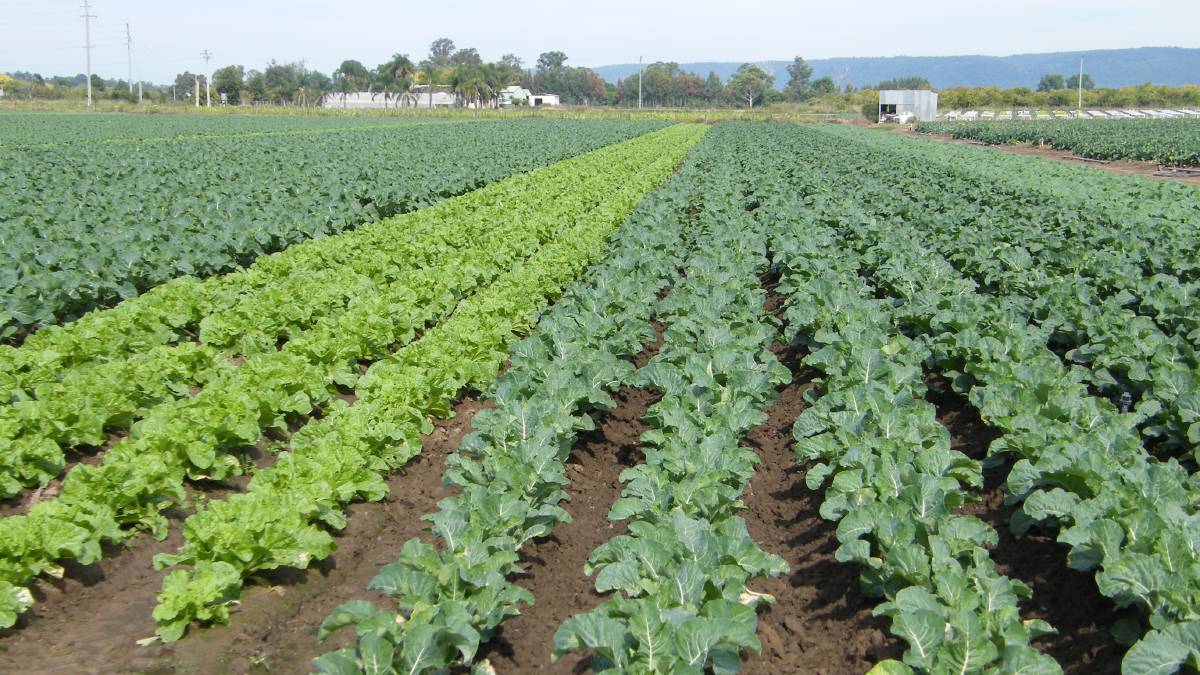



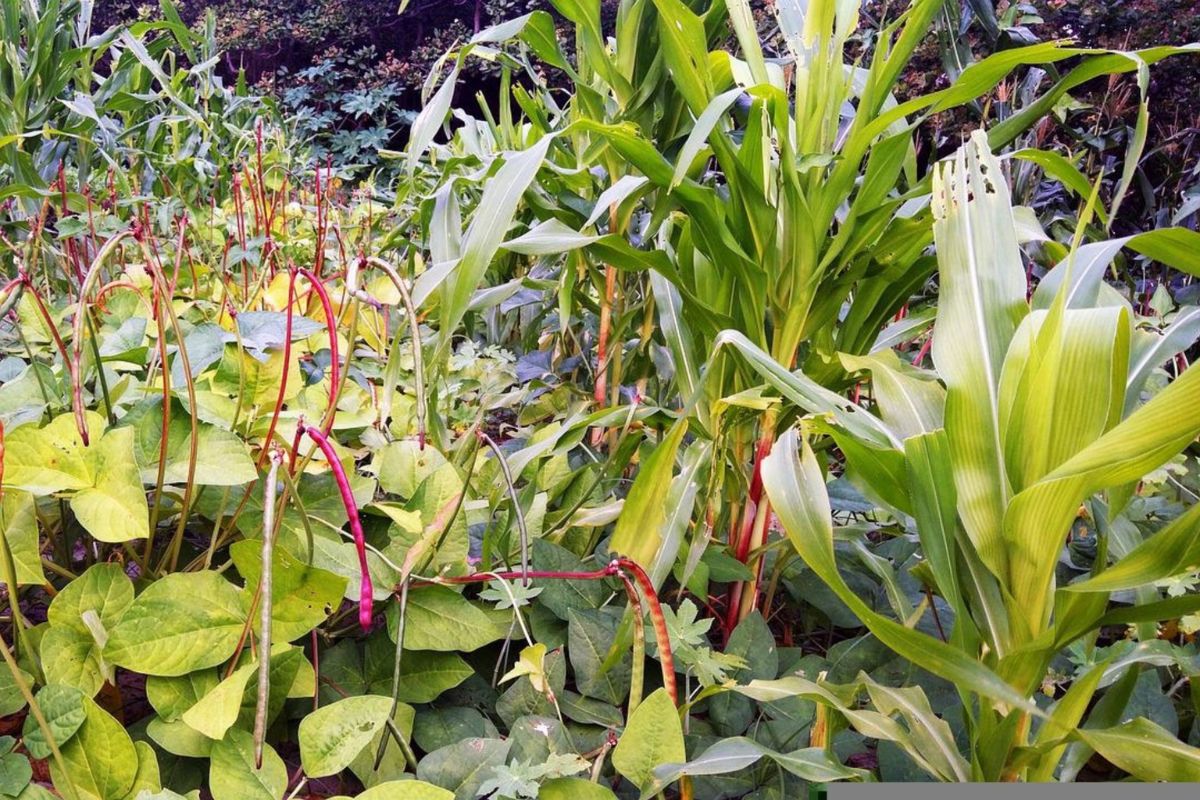
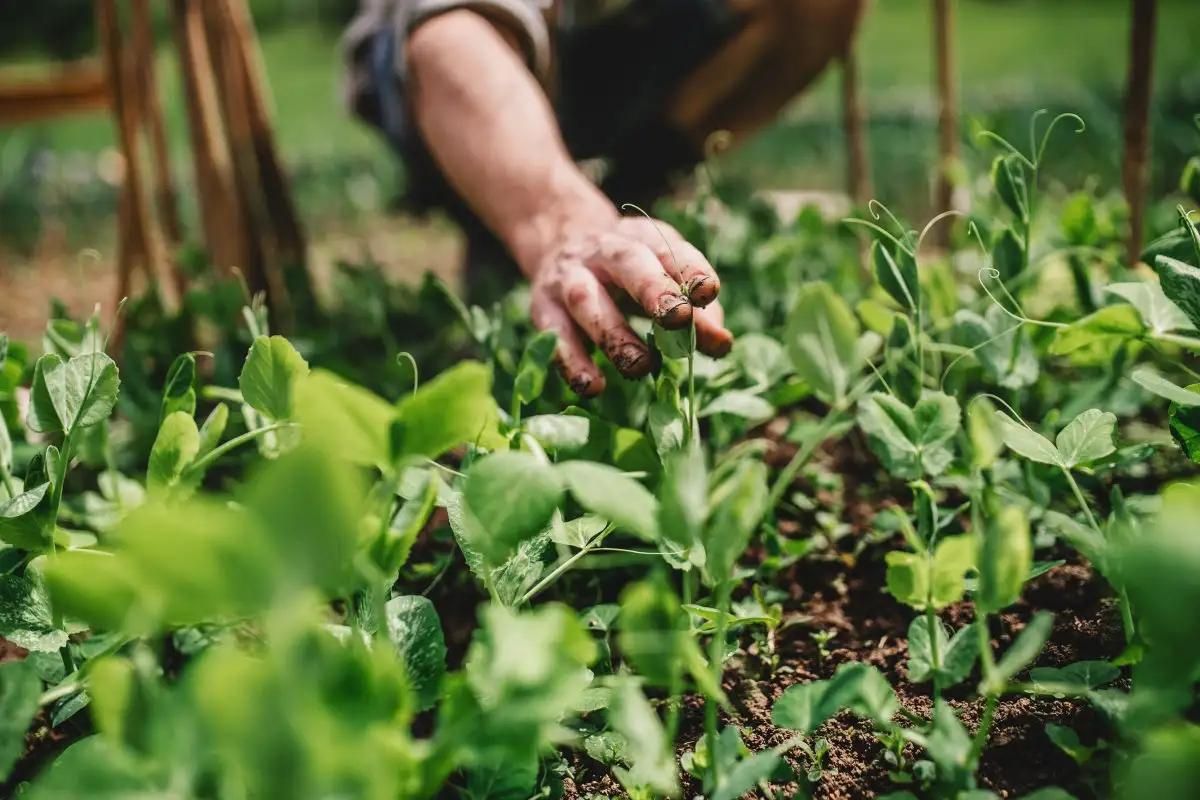
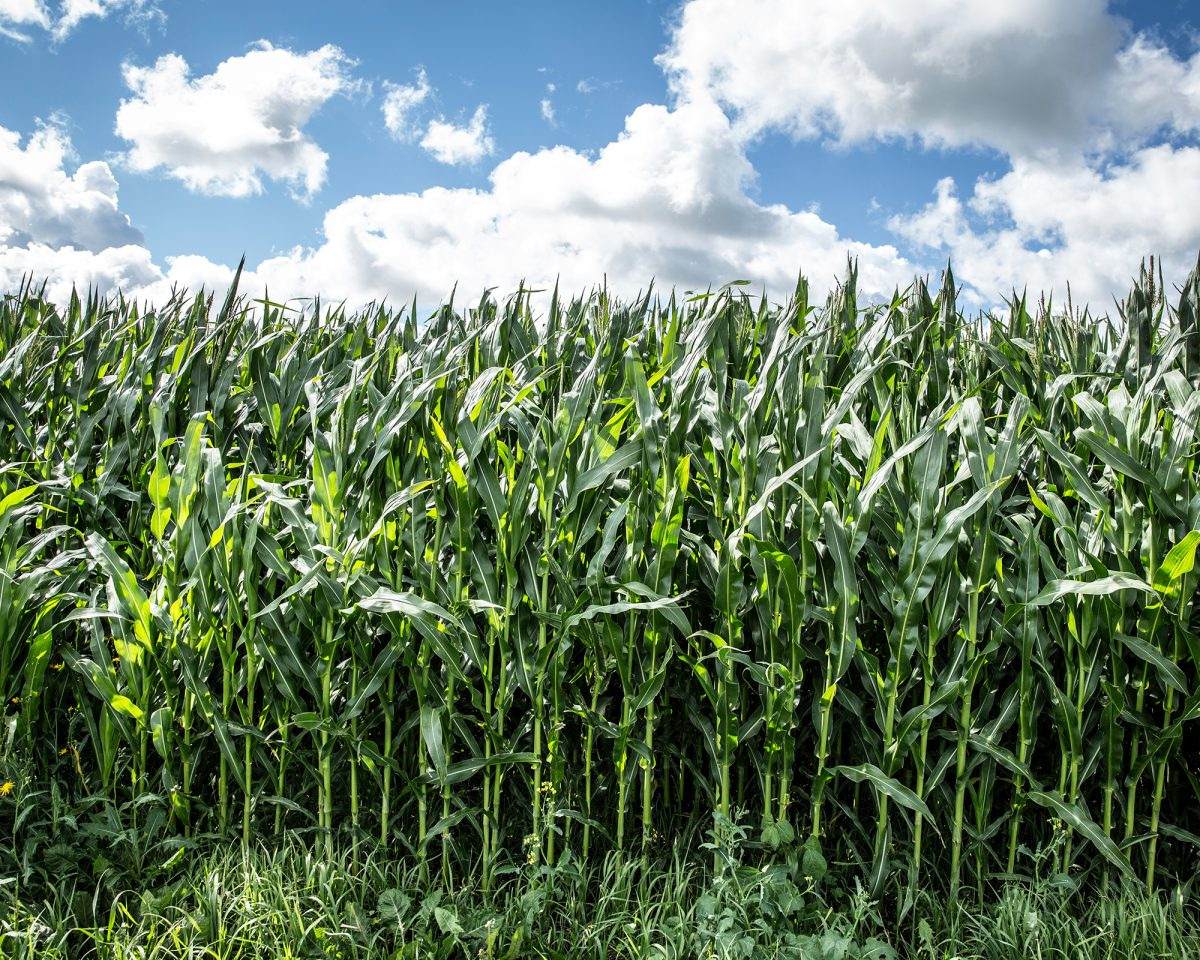
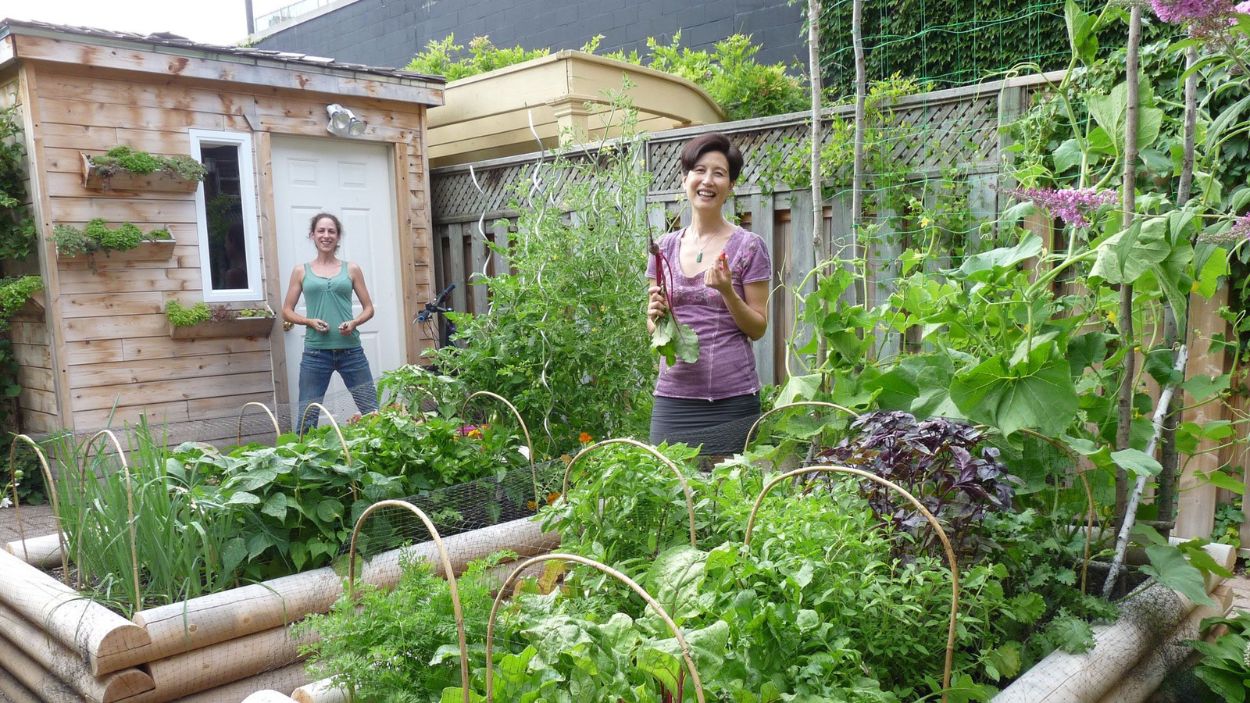
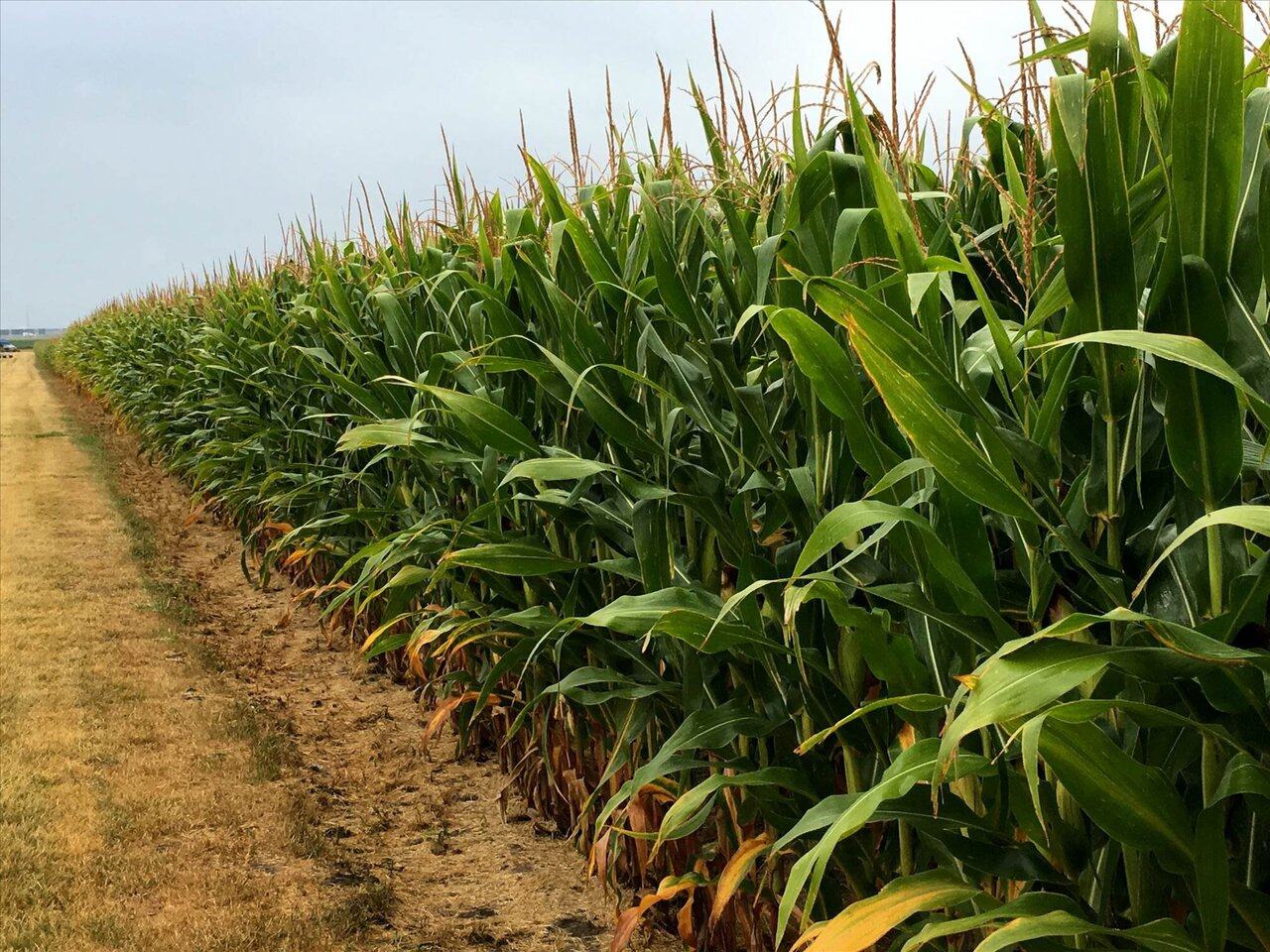
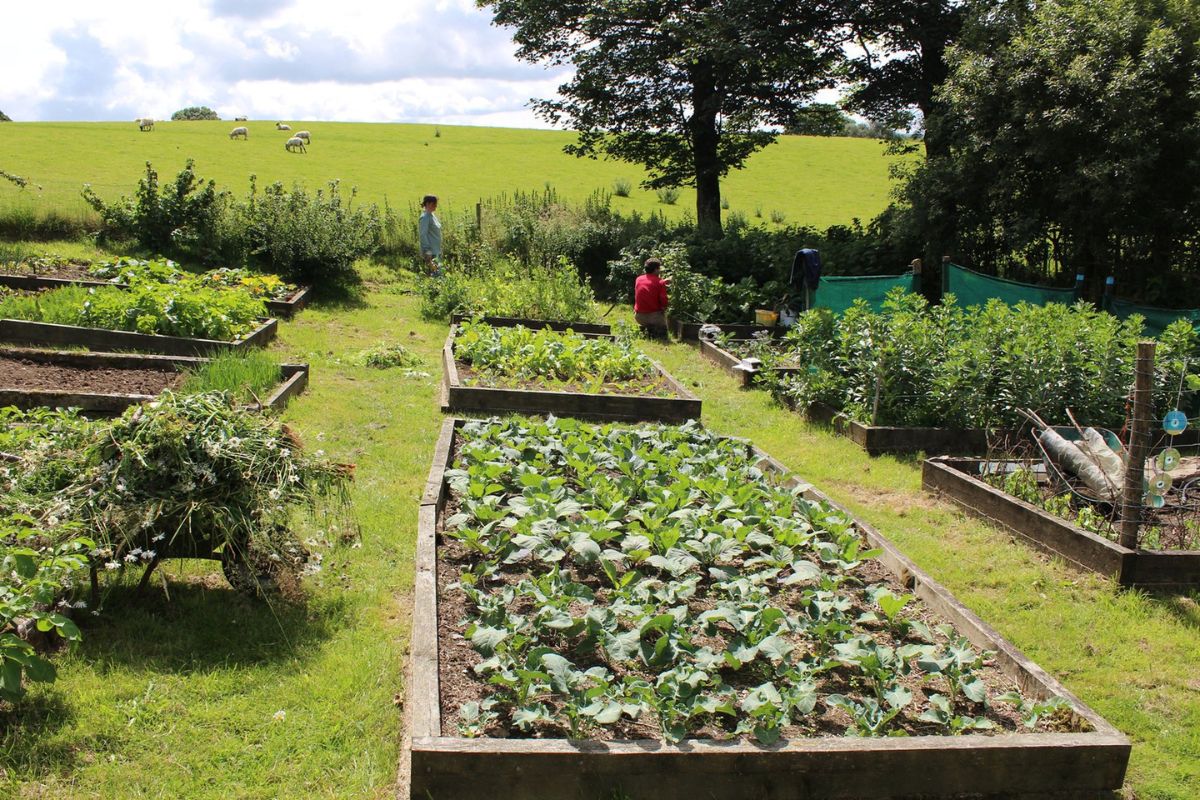
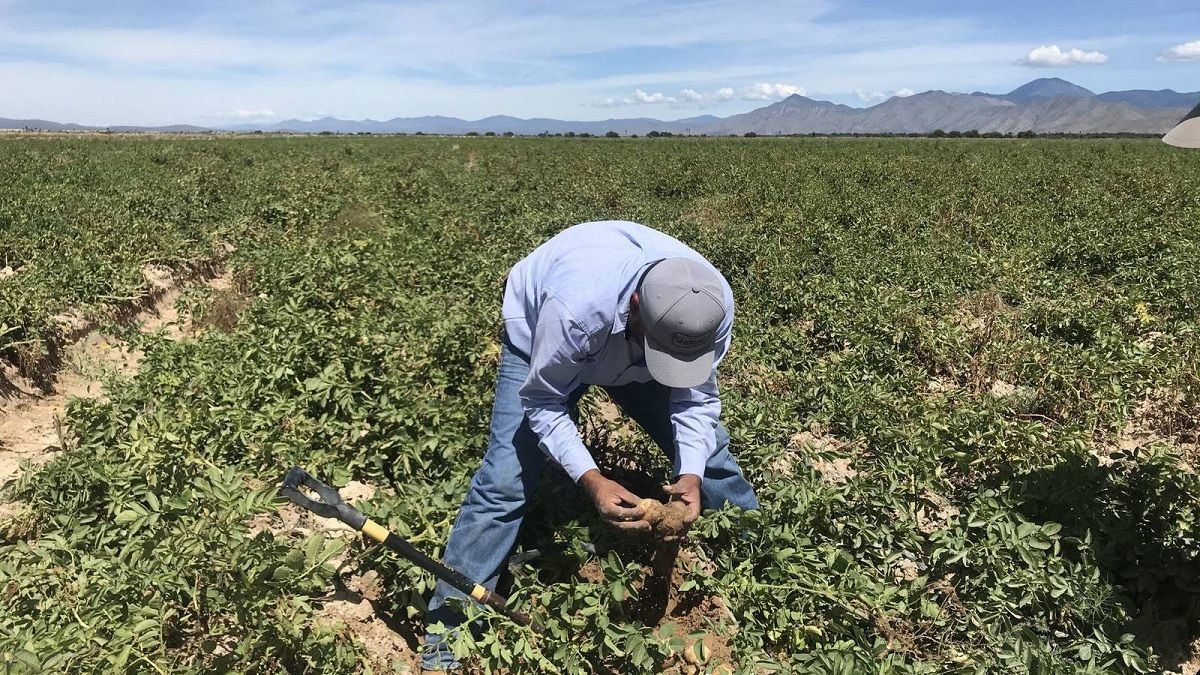
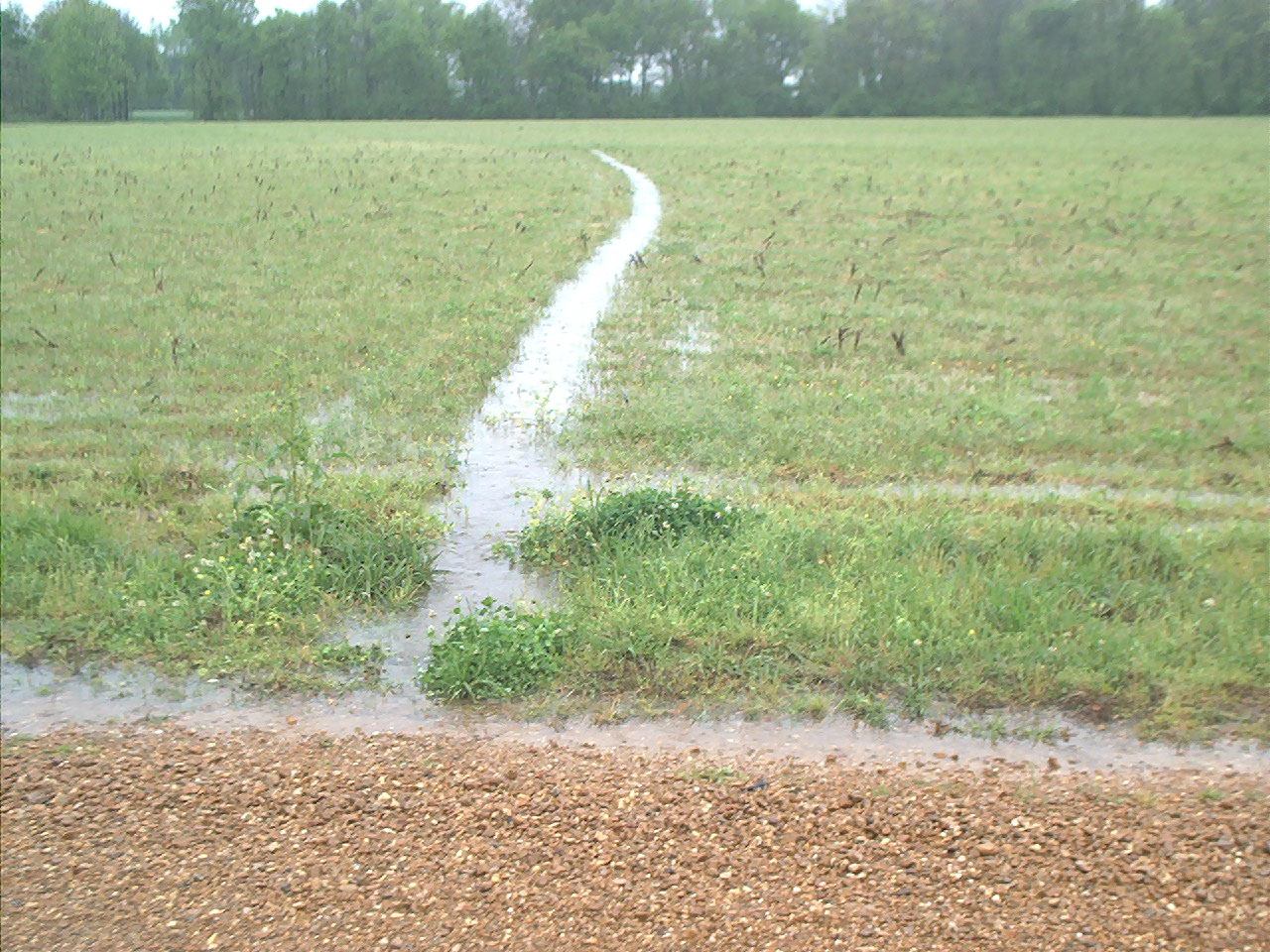

0 thoughts on “What Was The Impact Of Crop Rotation And The Seed Drill”